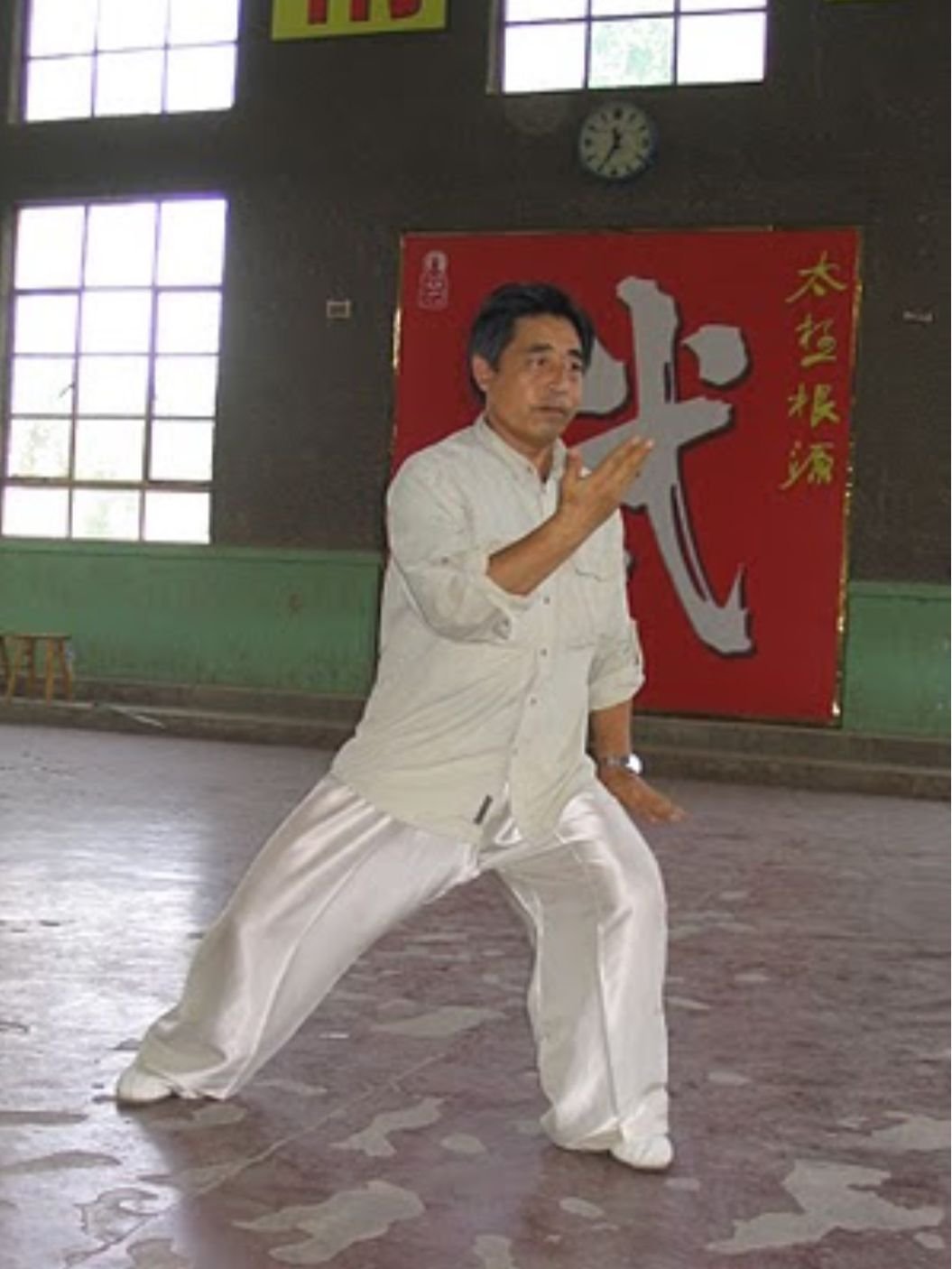Anyone who has trained with Chen Xiaowang for any length of time will have heard him say that “natural is the first principle”. But what does it mean to be natural?
A couple of weeks ago I travelled to a remote village or “kampong” in North Borneo where I had hoped to see some of the fantastic wildlife in its natural habitat. Over a few days I got up close and personal to many different species - orang utan, proboscis monkeys, crocodiles, hornbills… Two animals in particular really made me think about what it means to be natural. After a day on the scary Kinabatagan River I returned to find the village in uproar. A herd of about 30 wild elephants on its annual migration was doggedly trying to get at the villagers’ crops. One of the villagers told me that they had put up electric fences a few years earlier, but now the elephants had worked out that all they had to do was push the supporting posts down to get over this hurdle. For the last few years the local officers of the WWF had been using shotgun-like explosions to scare them away, but this year it seemed as if the elephants had worked out that the noise was not going to hurt them. Each time there was a bang they would run a short distance trumpeting like extras in a Tarzan movie but, a few minutes later would resolutely return. They were learning, adapting to their environment…in short, being elephants. The other thing I loved was watching the behaviour of the village's domestic dogs. Unrestrained, alert, purposeful, living in a dog’s world. Contrast them with the repressed dogs in the West. Straining unsuccessfully at the leash to sniff at passing dogs, humanised and neurotic (check out the "dog whisperer" Ceasar Millan!!), chased with pooper scoopers and used as fashion accessories.
Think about how modern life unconsciously conditions our behaviour. Unlike traditional societies who follow the rhythms of nature we are ruled by the clock. Like the aforementioned dogs, humans are, by nature, social animals. Contrast this with the breakdown of the extended family network, the ever-increasing number of isolated single people, the emphasis upon individualism rather than community or tribe, materialism rather than living in harmony with our environment. Suddenly the simple instruction to be “natural” doesn’t seem so simple. Taijiquan requires a search for real internal and external equilibrium. Physical strength allied to mental balance. If we are to really be natural, we must be prepared to work at stripping away the layers of conditioned thinking and behaviour. [FIRST PUBLISHED 1/10/2010]





